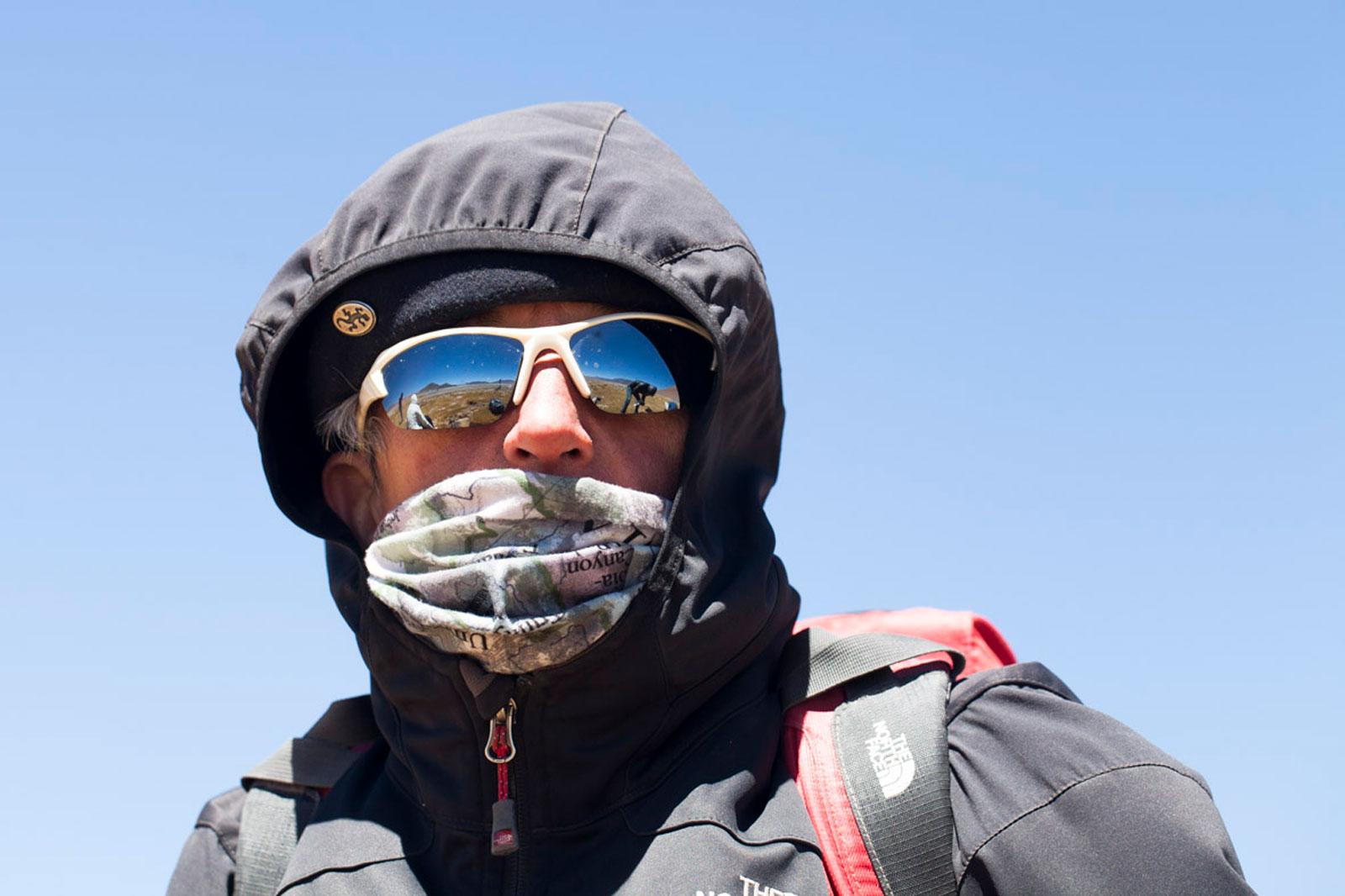New York Times Magazine profiles Carl Sagan Center Director Nathalie Cabrol - her life and work.

Nathalie Cabrol, astrobiologist and Director of the Carl Sagan Center for Research at the SETI Institute, is featured in this Sunday’s NY Times Magazine. The profile focuses on her most recent field expedition to one of the most remote and extreme environments on Earth – the high Andes of Chile, as well as the scientific questions that drive her work. However, it also explores some of the personal and professional challenges Nathalie has faced on her journey to becoming the scientist -- and woman -- she is today.
The region of Chile visited on the field expedition described in the article is one of the closest analogs of Mars that exists here on Earth. Nathalie and her team traveled there to develop and test tools and instruments that will be sent to Mars to search for possible traces of ancient microbial life.
Nathalie’s research addresses questions such as: How will know what kind of life to look for on Mars and where to find it? How will we recognize what we’re looking for? And how will we understand it if we do find something?
“Astrobiology research conducted in so-called Mars analog sites around the world, is an important part of the science we do at the SETI Institute,” said Bill Diamond, President and CEO of the SETI Institute. “Helen McDonald’s article in this past Sunday’s NY Times Magazine puts you squarely in the middle of the Atacama desert and the Altiplano of Chile – an analog site on Earth that informs us of conditions on Mars over 3 billion years ago. You can taste the salt in the dusty air and feel the crunch of crystalline gypsum giving way under foot as our NASA Astrobiology Institute (NAI) research team looks for primitive lifeforms in this vast, barren, yet spectacular landscape. The article is also a moving portrait of Dr. Nathalie Cabrol, NAI team leader and the head of research at the Carl Sagan Center here at the Institute. Reading Helen’s article, you’ll travel to early Mars, while also gaining insight into the passion and spirit of exploration that drives scientists like Nathalie.”
Nathalie is the first woman director of the Carl Sagan Center at the SETI Institute. As such, her vision and leadership are helping to guide the shape and focus of scientific research at the SETI Institute and driving towards creative and innovative strategies to conduct – and fund – the work.
Nathalie has been with the SETI Institute since 1998, specializes in planetary science, and is deeply involved in efforts to explore and characterize Mars. She also develops exploration strategies for the moons of the outer solar system where the conditions essential for the origin and sustenance of life are present. She is conducting research at Mars analog sites in the Andes, and in particular the adaptation strategies of life in these extreme environments. Nathalie was the spokesperson for the selection of Gusev crater as the landing site for the Spirit Rover, and is a science team member for NASA’s Mars Exploration Rover mission.
Nathalie has published extensively in academic journals, most recently in the January issue of Astrobiology on the topic of the co-evolution of life and environment. She is the author of several books on the subjects of planetary science and terrestrial extreme environments. Nathalie is a Wings Worldquest Carey Fellow and was elected Air and Space Wings Worldquest Woman of Discovery. She is a frequent lecturer in both academic and public settings.





